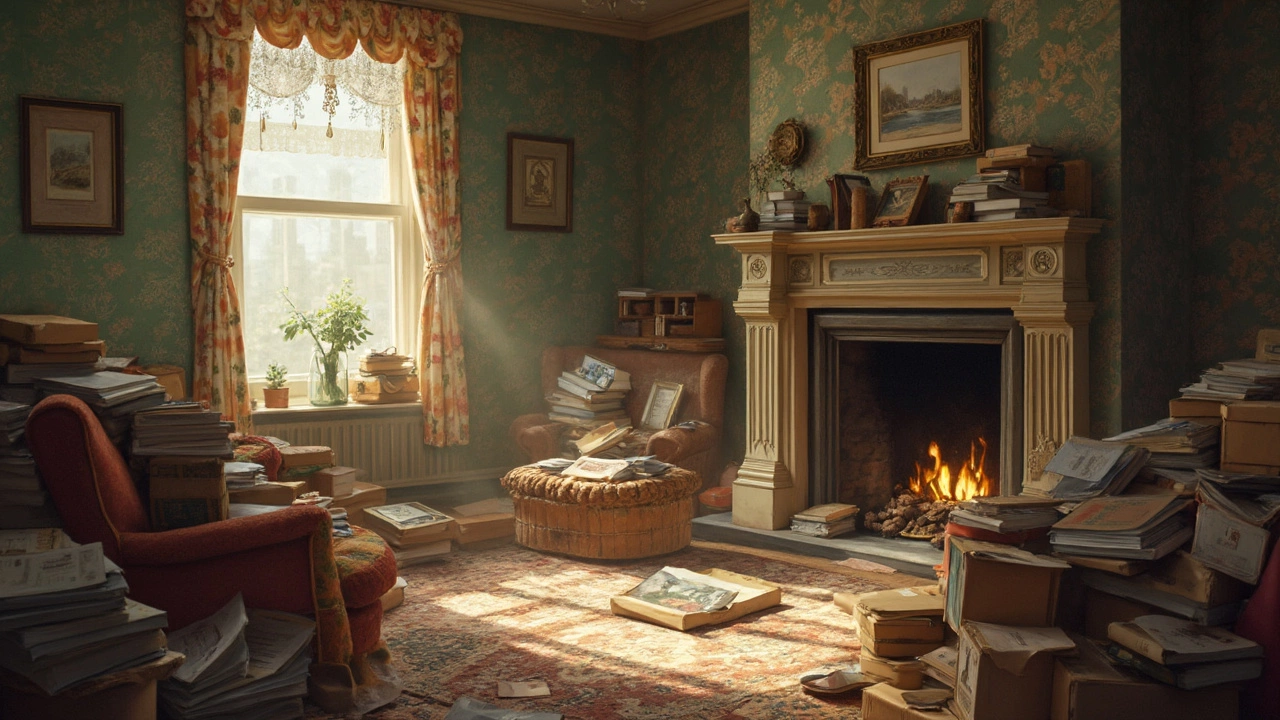Storage Disadvantages: Why More Shelves Aren't Always Better
We all love the idea of tidy corners, neat boxes, and extra shelves that promise order. But piling on storage can backfire fast. Before you buy that new rack or fill another drawer, think about the real costs: wasted space, hidden expenses, and even a bigger environmental footprint.
1. Space Gets Stolen, Not Gained
Every shelf, cabinet, or free‑standing unit takes up floor area. In small flats or rooms, that means less room for living, walking, or even breathing. You might end up with a hallway full of storage that you can’t actually use. The paradox is simple: stacking more stuff often means you have less usable space.
Smart alternatives, like multi‑purpose furniture or wall‑mounted solutions, let you keep things organized without eating up the floor. A bench with hidden storage or a fold‑down desk can hold the same items while leaving the room open.
2. The Money Trap
Buying storage isn’t cheap. Quality shelves, plastic bins, and custom closets can add up quickly. Plus, you’ll likely need hardware, assembly tools, and maybe professional help. Those costs add up before you even fill the units.
Even cheaper options have hidden fees – low‑cost plastic bins crack, cheap metal racks bend, and you end up replacing them sooner. Investing in durable, adaptable pieces saves money in the long run, but the upfront price still feels like a hit.
Consider borrowing, upcycling, or using items you already own. A repurposed wooden crate or a sturdy cardboard box can do the job for free or pennies.
3. More Stuff, More Clutter
When you have a place for everything, it’s easy to keep things you don’t need. The “out of sight, out of mind” habit leads to hoarding, and soon your home feels cramped. Every time you add a new shelf, you give yourself permission to keep another item.
Regular decluttering sessions keep the storage useful. Ask yourself if you’ve used an item in the past year – if not, it probably belongs in the trash or a donation box.
4. Environmental Impact
Manufacturing shelves, plastic bins, and metal frames consumes energy and raw materials. Shipping them adds carbon emissions. When you fill them with things you never use, you’re essentially storing waste.
Choosing reclaimed wood, bamboo, or recycled plastic reduces that impact. Even better, buy less – only keep items that serve a purpose or bring joy.
5. Maintenance Headaches
More storage means more cleaning. Dust settles on every shelf, and loose items can tumble if the unit isn’t stable. You’ll spend extra time rearranging, dusting, and checking that everything stays where it should.
Pick simple, easy‑to‑clean designs and limit the number of compartments. Fewer pieces mean faster upkeep.
Bottom line: storage isn’t a free win. It steals space, costs money, encourages clutter, hurts the planet, and adds chores. Before you add the next shelf, ask yourself if it truly solves a problem or just hides one. Opt for versatile furniture, keep only what you need, and you’ll enjoy a cleaner, roomier, and greener home.
-

Disadvantages of In-House Storage: What You Need to Know
In-house storage might seem like a simple solution for keeping items close and handy, but it comes with its own set of challenges. From space constraints to increased costs, homeowners often find themselves juggling various issues. This article explores the hidden downsides of in-house storage and offers practical tips to tackle each challenge effectively.
